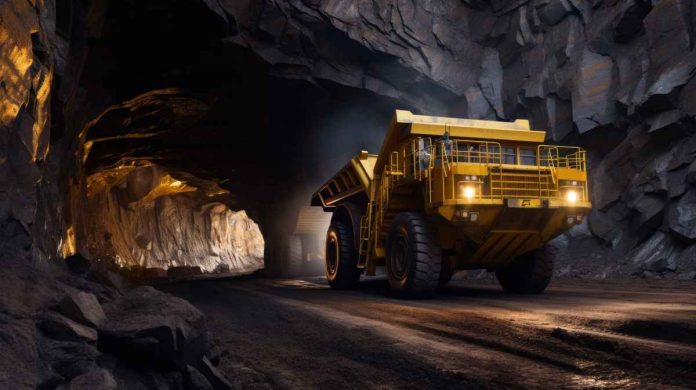This land harbours numerous secrets—abandoned mines, war bunkers, and Europe’s deepest mining shafts. The subterranean world of Lower Silesia is filled with mysteries and curiosities, with Głogów standing as a notable spot on the Polish map.
For many years, the area around Głogów has played a significant role in mining copper, gold, and silver. Some of the world’s largest mines operate here, providing employment to thousands and driving the development of the entire region. KGHM Polska Miedź S.A. stands as the hallmark of the Głogów area.
Coal and Copper of Lower Silesia Lower Silesia’s renown in coal mining dates back to the medieval era, starting near Wałbrzych. For 500 years, shafts were built, and underground passages were excavated here. Coal was economically vital for the residents, propelling the entire economy. Moving north in the province, one can’t overlook other mines, especially those rich in copper—among the world’s richest deposits of this metal, as well as silver and gold.
Today, Wałbrzych is a beautiful city seamlessly blending history with modernity. Historic shafts still stand as reminders of its past, and to delve into this history, one can visit the Science and Art Center—Stara Kopalnia. It features a network of underground tunnels and galleries, including a miner’s face, an engine room, and tales narrated by guides, often former workers from the KWK “Julia” mine, which employed several thousand people at its peak. Coal exploitation ceased at the end of the 20th century.
Głogów’s Renown Besides coal and gold, what else do the Lower Silesian undergrounds conceal? The Kłodzko Fortress is a well-preserved 18th-century defensive architectural marvel. Its fortifications are visible from afar, while its underground chambers form a labyrinth of corridors extending over a kilometre.
Copper is also mined in Lower Silesia. Discovered by geologists from the Geological Institute in Warsaw, led by Jan Wyżykowski, a well-known figure in the Copper Basin, the newest shaft belonging to KGHM is 1,348 meters deep. It’s not only the deepest in Poland but also among the deepest in Europe, located in Kwielice near Polkowice and Głogów. The area boasts enormous reserves, with about 265 million tons of copper ore.
Lower Silesia features many intriguing places related to resource extraction, its legends, and historical attractions. The Copper Basin also hosts numerous sports arenas for football, basketball, and handball—in Głogów, handball is played at the highest level. The local KGHM Chrobry competes in the Polish Superleague and the group phase of the European League against teams from Portugal, Romania, and Hungary. This top team of the Polish Orlen Superliga finished in a high 4th place last season and has a silver medal in the Polish championships among its achievements.
Embark on a journey through Silesia, exploring its rich history, vibrant culture, and dynamic spirit. Poland welcomes you to discover the allure of this remarkable region and immerse yourself in the heart of Europe’s timeless beauty.
Interesting Facts about Głogów:
- It’s one of Poland’s oldest towns, founded in the 10th century by the Slavic tribe Dziadoszan.
- The pink-coloured bridge over the Oder within the city is named ‘Tolerance.’
- The Głogów town hall tower is the tallest in Silesia and the second tallest in Poland, standing at 80.35 meters.
- The Constitution of May 3 roundabout is the largest in Poland and one of the largest in Europe, with a diameter of 250 meters and a central square covering 5 hectares.
- Głogów hosts several significant cultural events, including the International Głogow Jazz Meetings and the Głogow Literary Confrontations.
Author: https://www.chrobryhandball.pl




